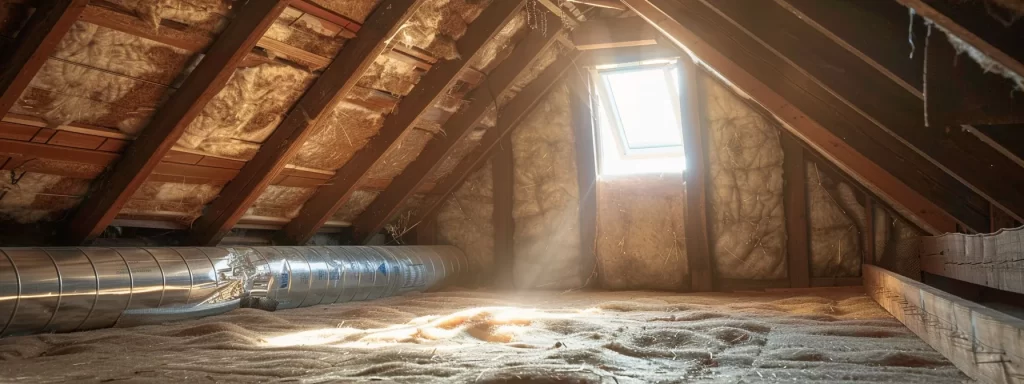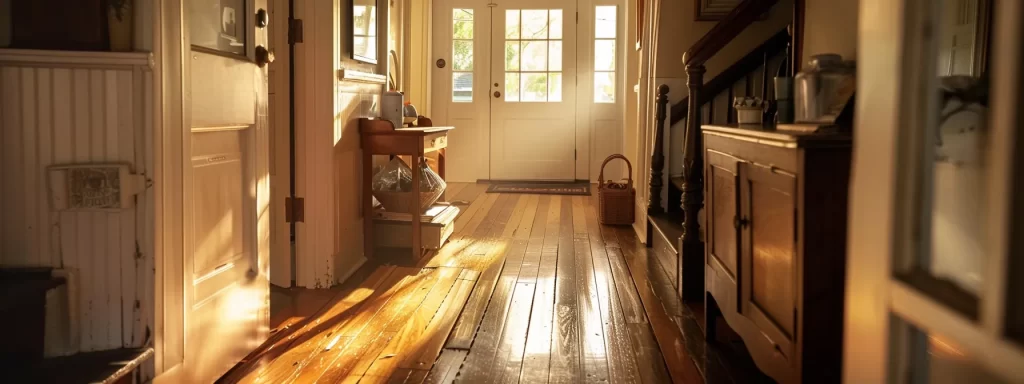
Refreshing an older home can be a rewarding project that brings new life to a cherished space. It allows homeowners to maintain the character and history of their home while making it more functional and livable for today’s lifestyle. Doing it right requires careful planning, a thoughtful approach to materials and design, and a respect for the home’s original architecture. To ensure that your renovation honors the past while embracing the future, we have compiled a list of critical considerations and savvy tips to guide you. Keep reading for invaluable insights into transforming your older home with grace and style.
Choosing the Right Materials for a Timeless Home Update

When renovating, balance quality, aesthetics, and durability to maintain your home’s authentic feel. Match original materials like hardwood floors and solid wood cabinetry whenever possible. If replacements are needed, choose modern alternatives that complement the home’s character, such as reclaimed wood or period-appropriate fixtures.
For exterior updates, select materials suited to both the home’s era and local climate. Thoughtful paint choices can highlight architectural details, while shop finishing services offer durable, high-quality finishes before installation, ensuring a long-lasting and polished look.
Implementing Modern Technology in Historical Homes
Updating an older home with modern technology can enhance comfort and convenience without compromising its original charm. Smart thermostats, discreet lighting solutions, and advanced security systems blend seamlessly into historic interiors. Upgrading electrical systems is also essential to support modern devices safely, preventing overloads and ensuring a sufficient number of outlets for daily use.
Heating and cooling improvements are key to bringing efficiency to older homes. With services like https://vicsairconditioning.com/, homeowners can install modern HVAC systems that provide optimal comfort without disrupting the home’s aesthetics. For entertainment, hidden speakers, retractable screens, and carefully placed TVs maintain the historic appeal while offering cutting-edge experiences.
Assessing Your Older Home’s Needs Before Renovation
To renovate an older home, it’s crucial to conduct a thorough assessment of its current condition. Identify any structural issues, such as foundation problems, outdated electrical systems, or compromised roofing, to ensure sound structure. Consider the layout and flow of the house, as older homes often have closed-off layouts that can be modernized for an open living space.
Carefully consider which walls can be removed or altered without compromising the property’s architectural integrity. A detailed inspection of the plumbing, heating, and cooling systems is also essential, as they may require upgrades for efficiency and safety. Consider any historical preservation guidelines, as these may limit the changes that can be made to the house.
Sustainable Upgrades for Energy Efficiency in Older Houses

To make an older home more energy-efficient, consider improving insulation, replacing windows, and installing energy-efficient appliances. Insulating attics, walls, and basements can reduce heating and cooling costs and make the home more comfortable. Double or triple-glazed windows can be more energy-efficient than original windows, and storm windows can be added when replacements aren’t feasible.
Energy-efficient appliances, such as ENERGY STAR certified products, can save electricity and align with the home’s aesthetics. Installing low-flow toilets and showerheads can conserve water without compromising performance. For long-term sustainability, consider solar panels or geothermal heating and cooling systems, which may qualify for state and federal tax incentives and provide substantial energy savings over time.
Balancing Historical Charm with Contemporary Design Elements
Renovating an older home involves balancing historical charm with contemporary design. Maintaining original features like fireplaces and crown moldings while introducing modern conveniences and style. Mix and match pieces from different eras to create an eclectic yet cohesive look. Modern minimalist furniture highlights period architecture’s detail, while contemporary art adds color to historical rooms.
Updating lighting fixtures with modern touches, such as pendant lights and chandeliers, can make a grand visual impact without looking out of place. Kitchens and bathrooms often require a complete overhaul due to updated plumbing and electrical work. Blend high-tech fixtures with traditional cabinetry designs or use classic materials like subway tiles to bridge the old with the new.
Overall, the approach to refreshing an older home should be one of respect for its past combined with an embrace of modern living. With the right assessment, materials, technology, sustainability measures, and design strategy, your older home can offer the best of both worlds: historical charm and contemporary functionality.





Refreshing an older home is a rewarding project that blends preserving charm with adding modern comfort. Start by focusing on updates that enhance both aesthetics and function—think fresh paint in timeless colors, restoring original woodwork, and upgrading lighting fixtures to brighten spaces. Incorporate vintage-inspired decor alongside contemporary accents for a balanced look. Don’t forget to improve insulation and windows for energy efficiency without compromising character.
For unique, artistic touches and the best home decorative products and interior design ideas to bring new life into older homes, Artisticks is a fantastic resource. Their curated selections help blend classic charm with fresh style seamlessly.